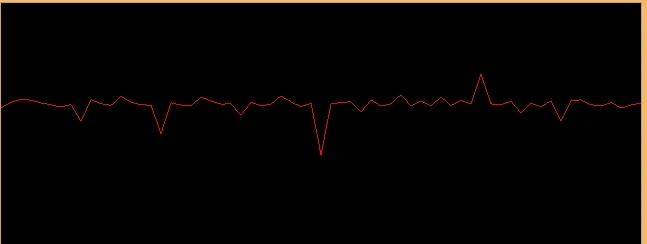我正在尝试在我的游戏中实现程序生成。我想真正掌握和理解所有必要的算法,而不是简单地复制/粘贴现有代码。为此,我尝试自己实现了一维中点位移。我使用这里的信息编写和指导我的代码。下面是我的完整代码,它不会报错,但结果似乎不正确。
srand(time(NULL));
const int lineLength = 65;
float range = 1.0;
float displacedLine[lineLength];
for (int i = 0; i < lineLength; i++)
{
displacedLine[i] = 0.0;
}
for (int p = 0; p < 100; p++)
{
int segments = 1;
for (int i = 0; i < (lineLength / pow(2, 2)); i++)
{
int segs = segments;
for (int j = 0; j < segs; j++)
{
int x = floor(lineLength / segs);
int start = (j * x) + 1;
int end = start + x;
if (i == 0)
{
end--;
}
float lo = -range;
float hi = +range;
float change = lo + static_cast <float> (rand()) / (static_cast <float> (RAND_MAX / (hi - lo)));
int center = ((end - start) / 2) + start;
displacedLine[center - 1] += change;
segments++;
}
range /= 2;
}
}
我到底犯了哪些错误,该如何进行更正?
我得到的结果类似于这样:

但是我期望的结果应该是这样的:
